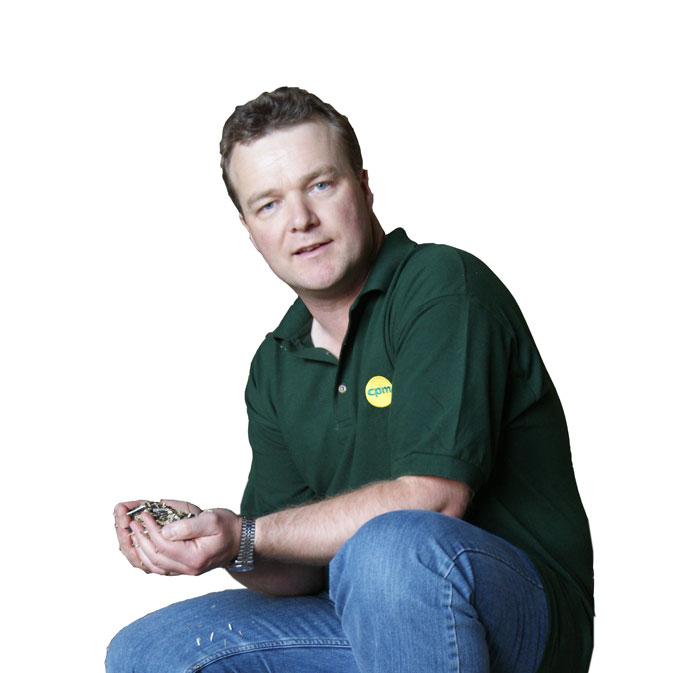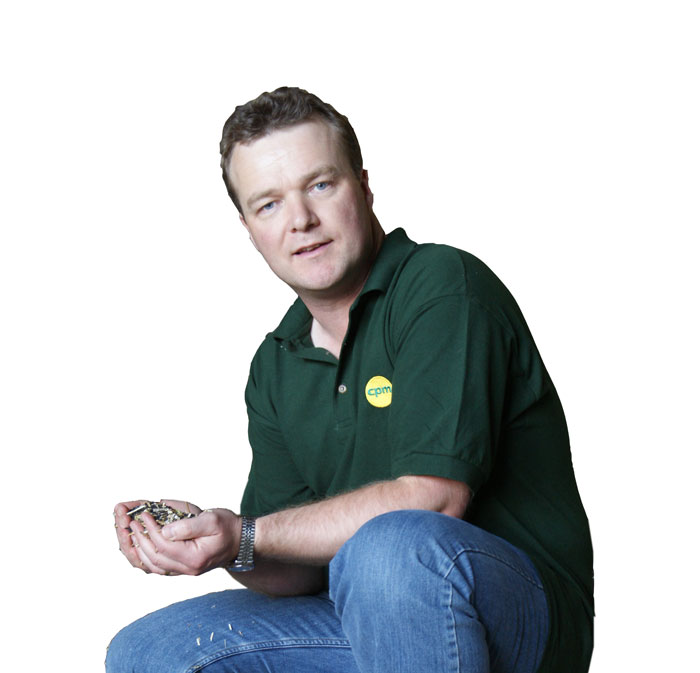The problem with an innovation pipeline is what happens when it runs dry.
When I hear agchem manufacturers talk about their innovation pipeline (see Innovation), it makes me think about the water pipes on the farm here.
Few things in farming are more infuriating or time-wasting than tracing a leak or cause of a ruptured pipe. All the goodness that water brings is oversupplied in one place, causing water-logging, while elsewhere runs dry and starved of resources.
My farm’s also supplied by that innovation pipeline. For decades, it’s served us well, and just as products or ideas run a bit dry at our end, turn on the tap and hey presto – out comes some goodness we put to use on our crops and eke out that extra bit of yield. We’ve hardly had to think about how it got there or the infrastructure that provided it.
But now, for farmers in Europe, the innovation pipeline has just about run dry. We get the odd gurgle and splutter, but let’s face it – we can’t now rely on it to keep crops in good fettle. We have to look at our own resourcefulness, relearn and share ideas to make the progress we need.
That’s not such a bad thing in itself, and it probably makes us in Europe better farmers. But what really irks me is when I look towards Super-ranch just over the pond. There’s been no yield plateau over there. Instead a beautiful, glistening pipeline relentlessly pumps out fresh sustenance and I can see their crops thrive as a result.
I know exactly what the technology is that’s kept Super-ranch’s pipeline well maintained and the crops progressing nicely: GM seeds and traits. That supply dried up on my farm, as it did for all European farmers, almost 20 years ago. There’s little of value flowing through the pipeline that supplies my farm now, and just keeping the stuff coming through becomes ever more expensive. So it’s hardly surprising that it’s in a very shoddy state and not really fit for purpose. If I had Super-ranch’s pipeline, however, just think what I could do with my crops.
What makes it worse is that I understand Super-ranch’s pipeline has been upgraded. Not only does it carry novel seeds and traits, it takes new digital technology, and those over the pond are already boasting about what it’s doing for their crops.
Digital farming is definitely the future, but I look again at my own antiquated pipeline – there’s no way it’ll take that technology. I’ve missed out on the infrastructure bridge that GM provided and I’m sitting in a knowledge gap. I can see where I need to be, but I don’t know what to put in place that’ll get me there and revive my flagging crops.
There is a plus side: Super-ranch may have access to a suite of exquisite solutions and produces marvellous crops as a result, but it’s now very, very dependent on its pipeline. I’m not sure I’d like to rely on mine to that extent, even if it was in better shape. I have the opportunity to think outside the box and explore new ways to get the same solutions onto my farm and into my crops – pick the right one (or maybe it’s a combination) and I’ll end up far better in the long term than those over the pond.
Perhaps Brexit will offer up a new solution – I’m not the only farm around here with a broken pipeline and my perception is that Defra’s more sympathetic to my predicament than the EU ever was. With the right ideas, some local collaboration and government backing we could find out between us what works. Who needs a costly, clumsy pipeline when maybe a sleek, super-fibre cable would do a better job and be far more future proof?
Then maybe I need to look on my machines with new eyes. The implements have evolved over the years to work with that innovation pipeline. But maybe those tools should do a different job altogether, using remote guidance, automation, machine learning and AI. Do I need machines at all? Perhaps a swarm of small robots and sensors will do twice the job the big, cumbersome hunks of metal currently clunk through.
The fact is, all these things are possible. I press my face against the window of the future and I’m excited by what I see. But I really don’t know which route is right nor where I should apply my resource. I don’t have a working, operational pipeline that leads me down a particular path. I could just stop, leave the pipeline to rust away and rewild the farm. But I think it’ll be far more interesting to stay in the game, keep eyes and ears open and sees how things develop.
One thing’s for sure, however – I’m done with staring at a pipeline that lately has just proven to disappoint and I’m fed up with trying to plug the leaks.
Tom Allen-Stevens has a 170ha arable farm in Oxon, and its own natural spring, which may be worth doing something with. @tomallenstevens





